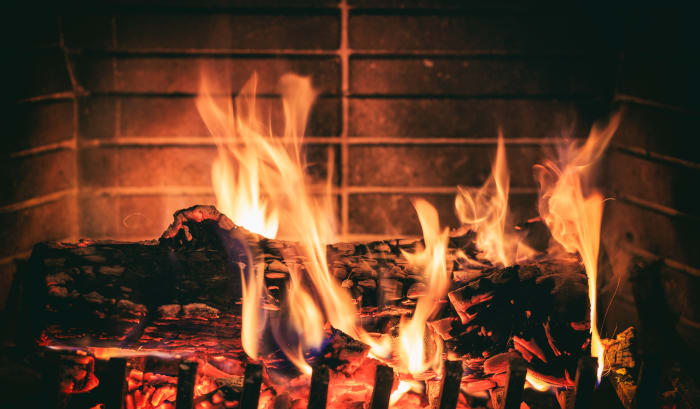Amazing Christmas Chemistry
Christmas from a Chemistry Perspective
Winter is here at last! It’s time to decorate the tree, drink eggnog, and snuggle under a blanket in front of the fireplace, sipping hot cocoa and nibbling on gingerbread. But have you ever wondered about the seductive scent of pine, or why gingerbread tastes as good as it does? Settle in – because here we go.
The Christmas Aroma
To start, let’s talk about the smell of Christmas – it finds its way into your very soul. Can you feel it now?
The scent of Christmas trees doubtlessly takes first place. It consists mainly of alpha- and beta-pinene, and also contains bornyl acetate, which are present in coniferous trees’ sap and essential oils. Pinenes are often used to manufacture perfumed substances such as verbenone, which is used in perfumes and aromatherapy. Meanwhile, bornyl acetate is used as a food additive and aromatizer in household chemicals.

Second – the aroma of firewood. It contains a countless amount of airborne organic substances. The main components among these are guaiacol and syringol – organic compounds that form when timber is heated without access to oxygen. Syringol creates the warm, smokey barbecue smell, while guaiacol is responsible for the taste. Both of these substances are used as aromatizers to mimic the taste of “smoked meat.”

Christmas ornaments
Have you ever wondered how ornaments are made to sparkle so brightly? Chemistry has a role here too! After the glass is shaped, it is covered with a solution of silver ions and glucose. Glucose reduces silver, which coats the glass with a thin reflective layer. They are then covered with colored lacquer.
Christmas poppers & crackers
How about those party poppers and Christmas crackers? It would seem they couldn’t be simpler – a sharp pull yields a cloud of confetti! But what makes the confetti fly out of the tube?
Christmas crackers contain small amounts of fulminating silver, while party poppers contain a mixture of red phosphorus and potassium chlorate. Friction triggers their explosion, which is strong enough to burst the wrapper and create a ‘startling’ bang or shower partygoers with confetti. These toys are considered relatively safe, but don’t ever point them at people, pets, or flammable objects.
Fireworks and sparklers
Fireworks and sparklers lend an especially festive mood to any celebration.
Fireworks can differ slightly in composition, but their main components are a pyrotechnical mixture made of an oxidizer and fuel, and the substances that lend them their colors. Lithium and strontium make red, calcium makes orange, sodium makes yellow, barium makes green, copper makes blue, cesium makes indigo, magnesium or aluminum powders make white, and iron makes gold.
Sparklers are one particular kind of handheld firework. They consist of an oxidizing agent such as potassium nitrate, metal shavings as fuel (often aluminum or magnesium), and substances to bind the two (such as dextrin).
When we raise a sparkler to fire, nitrate decomposes, releasing oxygen. This oxygen and the oxygen in the air oxidize the metal shavings, which sparkle and pop as they burn.
Holly and ivy
Have you already hung a holly wreath on your door? They’re usually woven of holly and ivy, and here’s what these plants contain.
Holly contains theobromine – a bitter-tasting substance with caffeine-like invigorating properties. It can also be found in cacao beans. But don’t try tasting holly berries – they’re poisonous.
And ivy contains falcarinol – a complex organic substance with antibacterial, antifungal, and anticarcinogenic properties. But don’t touch! The falcarinol in ivy can cause irritation to your skin.
Christmas desserts
When talking about Christmas desserts, gingerbread men and candy canes are practically the first sweets that come to mind.
Gingerbread men contain gingerol and zingerone. Gingerol is responsible for the fresh-gingery spice of a ginger cookie, while zingerone creates the warm sweetness of prepared ginger. These substances have found a wide range of applications in the food industry as aromatizers, and also demonstrate potential as substances with antioxidizing and anticarcinogenic properties.
Candy canes contain mainly sugar (or sucrose) and added menthol. The sugar adds sweetness, while the menthol creates a feeling of cold in your mouth. Simply put, menthol activates the receptors that answer for cold sensitivity despite the lack of actual change in temperature.